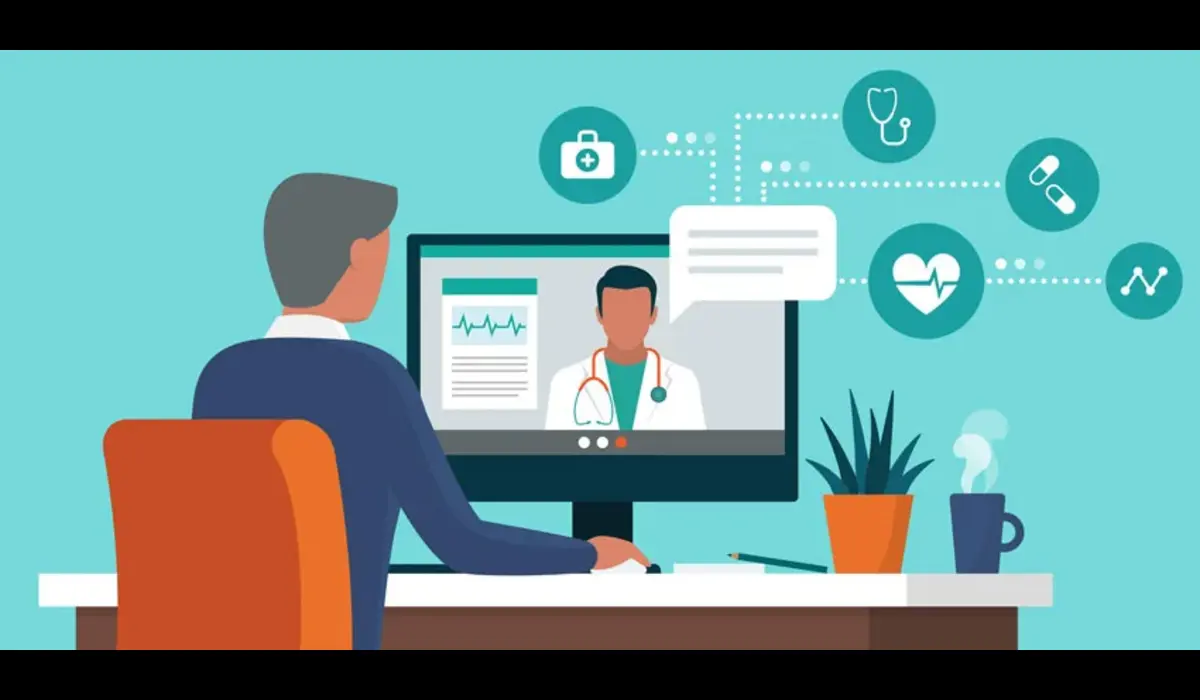The convergence of telehealth advancements with electronic medical record systems (EMRs) is revolutionizing healthcare, expanding medical services beyond traditional clinical environments. This integration of technology empowers healthcare providers to deliver ongoing, holistic care, enhancing accessibility and personalization. This article delves into how telehealth, complemented by robust EMR systems, is revolutionizing patient care, especially in response to global health crises.
What is Telehealth?
Telehealth refers to the use of technology to deliver health and medical services remotely. This can include video conferencing, remote monitoring, and electronic communicationbetween patients and healthcare providers. These virtual encounters allow patients to receive care from a distance, eliminating the need for in-person appointments and reducing barriers to access such as transportation or mobility issues. With tele
The Telehealth Revolution
Telehealth stands out as a crucial asset in contemporary healthcare, enabling patients to engage with healthcare providers from a distance through digital platforms. This approach to delivering care has demonstrated its significance, particularly in guaranteeing the continuous provision of healthcare services during periods when conventional face-to-face appointments are impractical or unsafe.
The Role of EMR Systems in Telehealth
Central to effective telehealth services lies an effective electronic medical record system. Serving as the foundation, EMRs store and structure patient data, encompassing medical history, treatment regimens, and medication records. This data is readily available to healthcare professionals during telehealth appointments, guaranteeing a thorough comprehension of each patient’s health condition.
Enhancing Accessibility and Convenience
Telehealth, powered by EMRs, greatly improves healthcare access, particularly for those in remote or underserved regions. Patients can access prompt medical advice, consultations, and follow-up care without the necessity of travel, thus lowering access barriers and enhancing the convenience of healthcare services.
Improving Patient Engagement and Satisfaction
Telehealth platforms, when coupled with electronic medical record systems, empower patients to play a proactive role in managing their healthcare. Offering functionalities like appointment scheduling, secure messaging, and health record access via patient portals, these platforms foster increased engagement, ultimately resulting in heightened patient contentment and enhanced health results.
Continuity of Care
Integrating telehealth with EMR systems offers a key benefit: supporting continuity of care. It allows healthcare providers to monitor patient advancements, refine treatment strategies, and collaborate with specialists, ensuring a smooth care transition across virtual and in-person healthcare settings.
Data-Driven Decisions
The abundance of data within EMR systems can be utilized in telehealth consultations to facilitate informed, data-driven decisions. Healthcare professionals can examine patterns, remotely track vital signs, and customize treatment plans using real-time data, thus elevating the standard of care delivered.
Overcoming Challenges
Although telehealth and EMRs provide many advantages, they come with challenges like safeguarding data privacy and security, closing the digital gap, and preserving the human touch in healthcare. Overcoming these hurdles requires implementing strong security protocols, educating patients, and delivering care with empathy to seamlessly integrate telehealth and EMR systems.
The Future of Healthcare
The future of healthcare hinges on advancing telehealth and integrating electronic medical record systems. Progress in AI, machine learning, and wearable tech is set to elevate telehealth services, offering more personalized, predictive, and patient-centric healthcare solutions.
Conclusion
The combination of telehealth advancements and electronic medical record systems is revolutionizing healthcare delivery, expanding medical care beyond traditional clinics. By improving access, ensuring seamless care, and facilitating data-based decisions, this integration is leading towards a future where healthcare is more accessible, effective, and personalized for each patient. As technology progresses, the healthcare experience and delivery methods will evolve, promising a future where quality care is available to all, regardless of their location.




